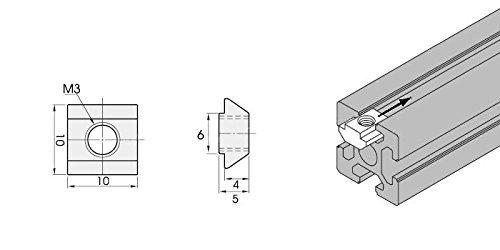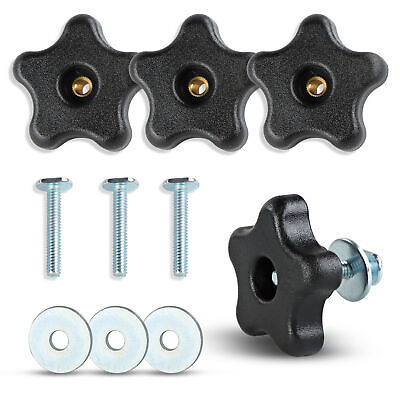Hi all,
As I'm still pretty green on the mill, I thought I would ask you fine people first.
I need to cut a few dozen t-nuts for some 2020 slotted aluminium extrusion, I know I can buy them in steel for pence (cents) but I want some in aluminium for weight saving reasons.
Most of it is pretty obvious, mill off the top to dimension, mark out some holes then drill and tap, cut off to length on the bandsaw, but can I can't work out how to efficiently put the chamfer on the bottom of the part on a long piece of stock without a tilting head or tilting mill vice or a 45deg chamfer bit (none of which I own)?
I'm trying to avoid adding to the "bought for just one job" draw, but even if I just pony up and buy the endmill, work holding still looks difficult, if I chamfer first, how to I hold the part for the milling and drilling, mill first, how to I hold the part to cut the chamfer?

As I'm still pretty green on the mill, I thought I would ask you fine people first.
I need to cut a few dozen t-nuts for some 2020 slotted aluminium extrusion, I know I can buy them in steel for pence (cents) but I want some in aluminium for weight saving reasons.
Most of it is pretty obvious, mill off the top to dimension, mark out some holes then drill and tap, cut off to length on the bandsaw, but can I can't work out how to efficiently put the chamfer on the bottom of the part on a long piece of stock without a tilting head or tilting mill vice or a 45deg chamfer bit (none of which I own)?
I'm trying to avoid adding to the "bought for just one job" draw, but even if I just pony up and buy the endmill, work holding still looks difficult, if I chamfer first, how to I hold the part for the milling and drilling, mill first, how to I hold the part to cut the chamfer?



